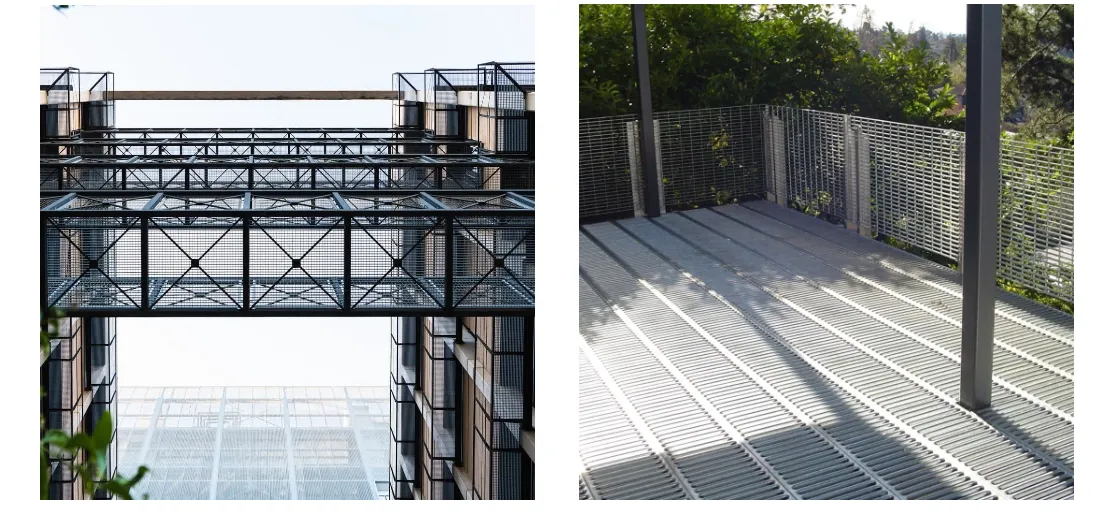Noise Barriers for Generators An Essential Solution for Reducing Noise Pollution
Generators are essential in many industries and applications, providing a reliable source of electricity in the absence of grid power or serving as backup power during outages. However, one of the significant downsides of generators is the noise they produce. This noise can lead to various issues, including sleep disturbances, anxiety, and communication problems in nearby communities. Therefore, implementing noise barriers for generators has become an increasingly important solution for mitigating noise pollution and enhancing urban living conditions.
Understanding Noise Pollution
Noise pollution is defined as unwanted or harmful sounds that disrupt normal activities, such as sleeping, conversation, or relaxation. The World Health Organization (WHO) has identified noise pollution as a leading environmental risk to health, with chronic exposure linked to cardiovascular issues, decreased performance, and even mental health disorders. As generators are often used in residential, commercial, and industrial zones, the noise they produce can significantly contribute to the overall noise levels in these areas.
The Role of Noise Barriers
Noise barriers are structures designed to block or attenuate sound waves from reaching sensitive areas, such as homes and schools. These barriers can be made from various materials, including concrete, wood, and specialized acoustic panels. The primary goal of a noise barrier is to reduce the sound level perceived by individuals living or working near the source of noise.
When it comes to generators, noise barriers can be strategically placed around the unit to create a sound-absorbing enclosure. This enclosure helps to minimize the high decibel levels that generators often generate, providing a more pleasant environment for surrounding residents. The effectiveness of noise barriers is influenced by their height, thickness, and the location of the noise source in relation to noise-sensitive areas.
Designing Effective Noise Barriers
To achieve optimal noise reduction, the design and placement of noise barriers are crucial. Several factors should be considered when designing a barrier for a generator, including
1. Height Taller barriers can block more sound waves, but they must also comply with local zoning laws and aesthetic considerations. 2. Length The barrier should extend sufficiently along the noise source to prevent sound from 'leaking' around the ends. A longer barrier generally results in more effective noise control.
noise barrier for generator

3. Material The choice of materials directly impacts the barrier's effectiveness. Dense, heavy materials like concrete or specially engineered sound-dampening materials are typically more efficient at absorbing sound.
4. Placement The position of the barrier is crucial. It should be located as close to the noise source as possible. Additionally, the orientation of the barrier can help deflect sound away from sensitive areas.
5. Aesthetics While functionality is key, the appearance of noise barriers should also be considered to ensure they blend with the surrounding environment.
The Regulatory Landscape
In many countries, there are regulations governing noise levels for generators, especially in urban areas. These regulations often dictate acceptable noise limits and may require the installation of noise barriers in residential zones. Compliance with these regulations is not only beneficial for community relations but also essential for the operation of businesses, as non-compliance can result in penalties and the need for remedial measures.
Benefits of Implementing Noise Barriers
The benefits of implementing noise barriers are manifold. Firstly, they improve the quality of life for residents in close proximity to generators by mitigating noise pollution. Secondly, they can enhance property values in affected neighborhoods. Thirdly, businesses that utilize generators can foster better relationships with their communities, showcasing their commitment to being good neighbors. Lastly, effective noise barriers can aid in achieving compliance with local noise regulations, reducing the risk of legal issues.
Conclusion
As reliance on generators continues to grow, particularly in an age of increasing energy demands and frequent power outages, it is imperative to address the accompanying noise pollution issues. Noise barriers for generators provide a practical and effective solution for reducing noise impact in residential and commercial areas. By investing in thoughtfully designed and strategically placed barriers, we can ensure a quieter, more harmonious coexistence with our increasingly mechanized world. In doing so, we protect not just our ears, but also the health and well-being of our communities.
-
Why Galvanized Trench Cover Steel Grating Resists Corrosion
NewsJul.10,2025
-
The Versatility and Strength of Stainless Expanded Metal Mesh
NewsJul.10,2025
-
Load Calculations in Steel Grating Platforms
NewsJul.10,2025
-
Keeping Pets and Kids Safe with Chicken Wire Deck Railing
NewsJul.10,2025
-
Hole Diameter and Pitch for Round Perforated Metal Sheets
NewsJul.10,2025
-
Aluminium Diamond Mesh in Modern Architecture
NewsJul.10,2025
Subscribe now!
Stay up to date with the latest on Fry Steeland industry news.

